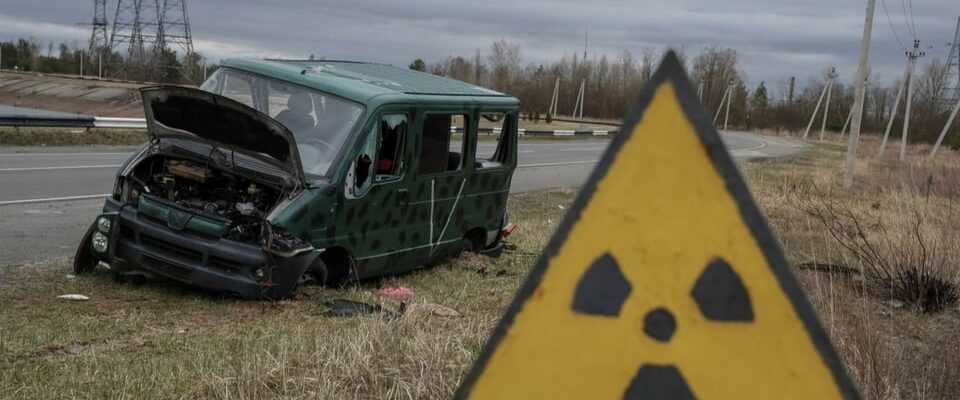contents
It is not only the people of Ukraine who are suffering, but also the soil, air and water. What experts say about it.
The environment. During war, experts regard her as a so-called “silent victim”, a collateral damage that one accepts in order to achieve one’s strategic goals with fatal consequences for soil, air and water, describes Astrid Sahm, who works at the German Foundation for Science and Politics deals with the Ukrainian environment.
The effects of war on the environment are manifold. “Especially in the area of destruction of infrastructure, i.e. fires in oil tanks, in the chemical industry and the like. But they also affect agriculture by mining soils, soil pollution. And a third of the country’s nature reserves are also affected by acts of war.”
Unsuspecting soldiers
In the first month of the war alone, Russia committed 86 so-called environmental crimes, such as attacks on heavy industry, nature reserves or agricultural land.
Wim Zwijnenburg, a researcher at the Dutch peace organization Pax, is one of those who deals with armed conflicts and their consequences. He points to the risk of chemical factories in eastern Ukraine, where vast amounts of toxic waste are stored. If such a factory were destroyed, the toxins could find their way into rivers or groundwater, threatening entire areas to become uninhabitable.
Legend:
Signs of war and destruction in Chernobyl (04/16/2022).
Reuters
Zwijnenburg last visited the region in 2018 and spoke to soldiers on the front line. One finding: the troops on both sides had little idea of the dangers emanating from chemical plants or nuclear power plants. During the war, this was shown by the behavior of those Russian soldiers who stayed unprotected in the Chernobyl exclusion zone for weeks.
Unstable soils
Sahm points to another danger: the coal mines in eastern Ukraine’s Donbass. The region has been at war since 2014. As a result, many coal mines were shut down in a hurry and unprofessionally. The rainwater that gets into the mines is no longer pumped out as usual and the mines are flooded.
“And this flooding causes both environmental damage. Above all, however, the landscape becomes unstable and earth collapses can occur. And that can threaten the stability of places, houses, other infrastructure objects like bridges and the like.”
A little ray of light
And in some coal mines radioactive waste would also be stored. Another significant risk for nature and people, adds Zwijnenburg. For almost seven years he has been documenting such environmental hotspots and drawing the dangers on interactive maps. In the event of a chemical accident, aid organizations could specifically help people who lived near a poisoned river. But the work is also valuable for the time after the war, when it comes time to clean up and rebuild.
And here the expert on Ukrainian environmental policy also sees a small ray of hope. Should Ukraine regain its sovereignty, economic reconstruction also offers an opportunity. “The example of the coal mines and the steel industry shows very clearly the great environmental dangers, but also – when the war is over – the chance that structural change can be tackled differently.” So away from heavy industry towards a greener economy.
But war is still raging, with thousands of dead and the environment as a silent victim.
